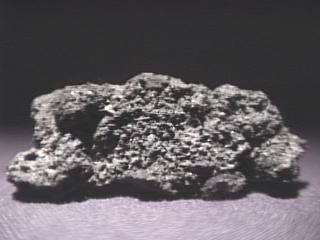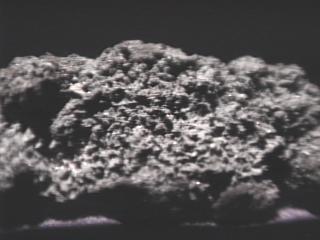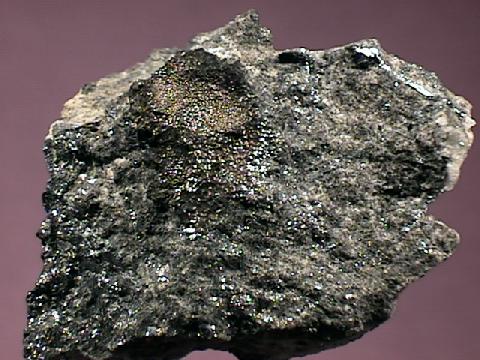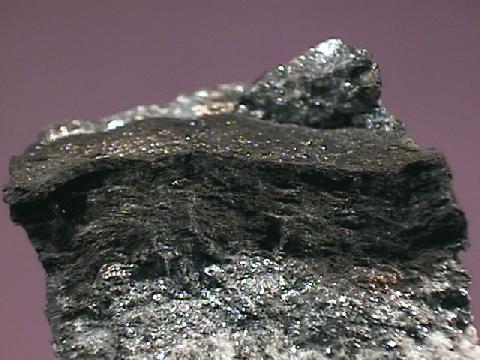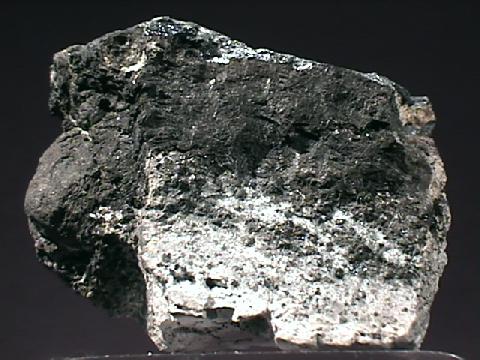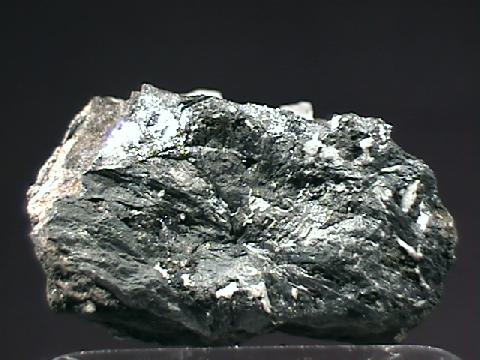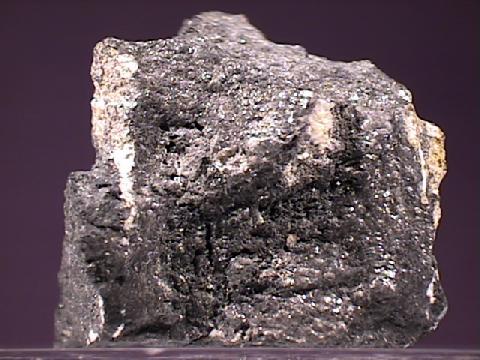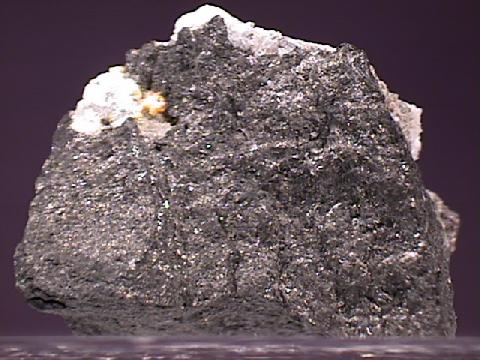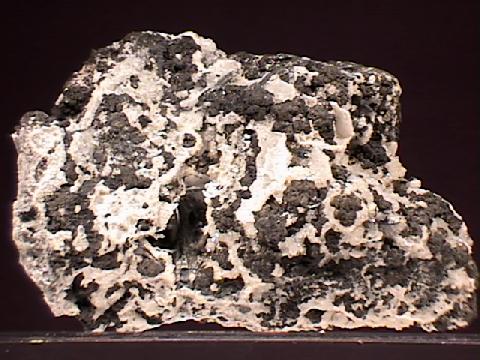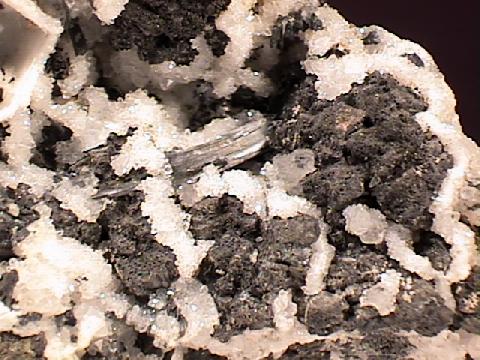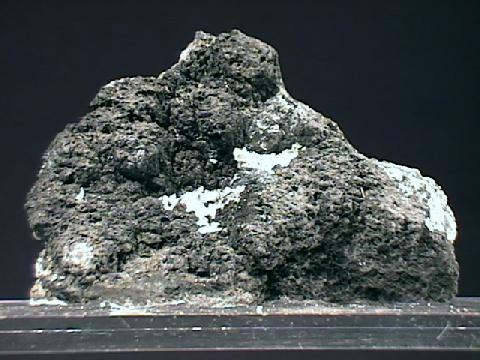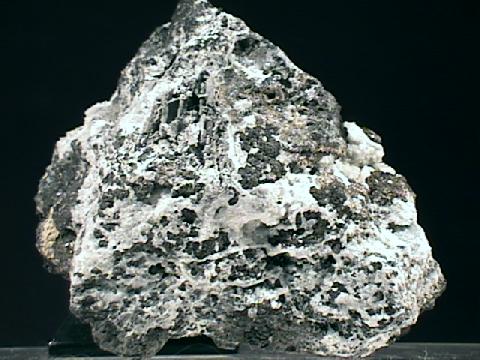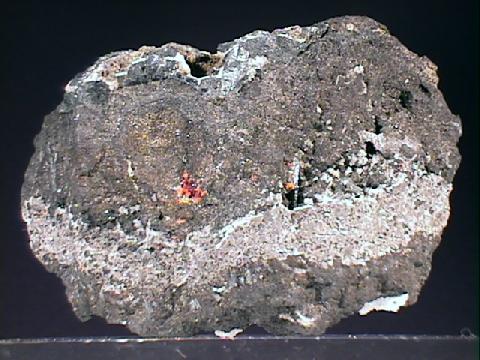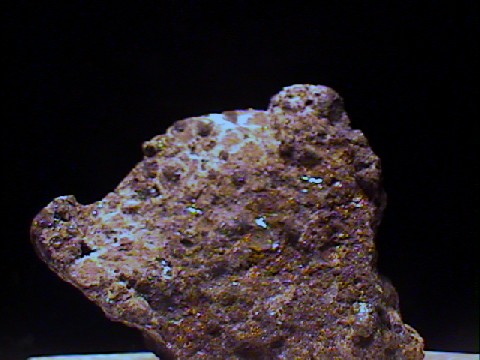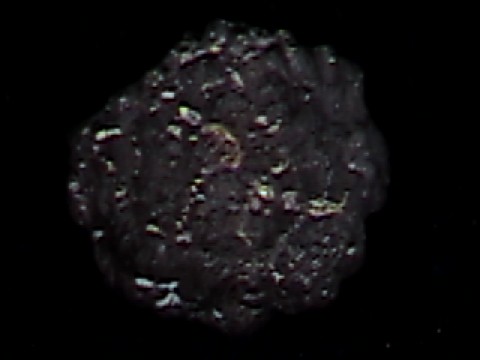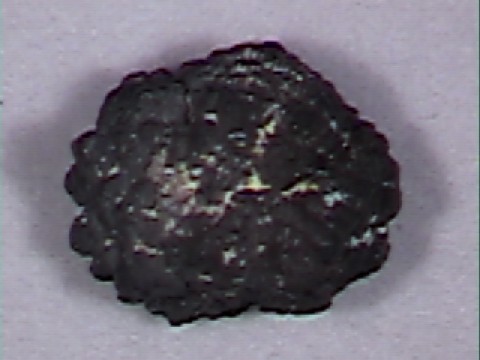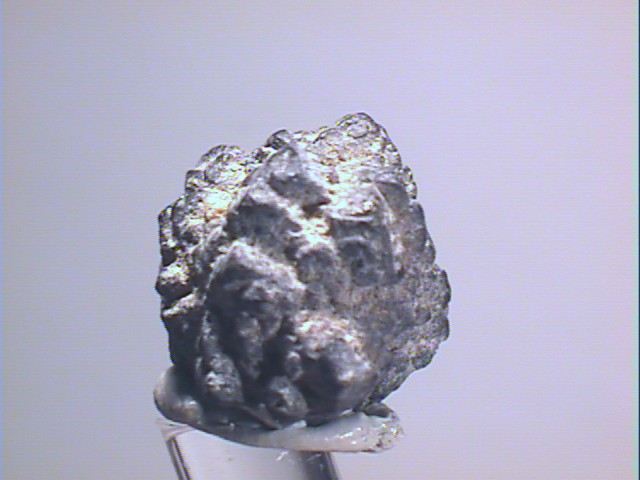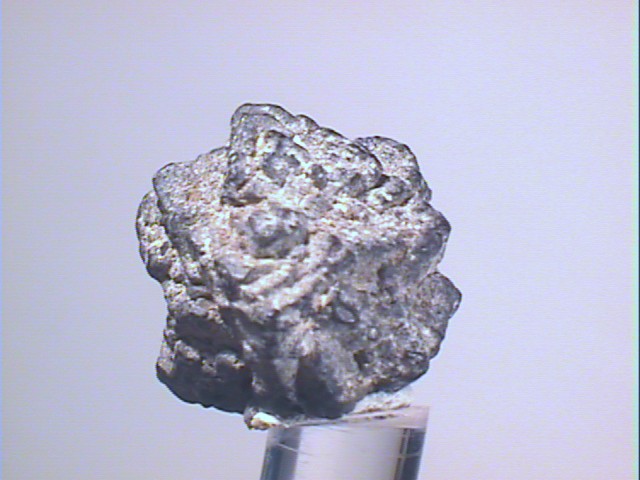 THE MINERAL NATIVE ARSENIC
THE MINERAL NATIVE ARSENIC
- Chemistry: As, Elemental Arsenic
- Class: Elements
- Group: Arsenic
- Uses: A very minor ore of arsenic and as mineral specimens.
Specimens
Arsenic does not often form in its elemental state and is far more common in sulfides and sulfosalts such as arsenopyrite, orpiment, realgar, lollingite and tennantite. Due to the abundance of these arsenic bearing ores and the rarity of native arsenic, it is not an important ore of itself. Native arsenic is found in silver ore veins and is processed along with the silver ore and is therefore is a minor source of arsenic.
Native arsenic is usually found to have a trigonal symmetry but a very rare orthorhombic arsenic is known from Saxony, Germany and is named
An obscure variety name for the concentrically banded or "shelly" arsenic is "scherbencobalt". Some arsenic will have some antimony in its structure and native antimony is nearly indistinguishable from arsenic.
PHYSICAL CHARACTERISTICS:
- Color is tin-white which quickly tarnishes to dark gray or black.
- Luster is metallic but the tarnish will often dull the luster dramatically.
- Transparency: Crystals are opaque.
- Crystal System is trigonal; bar 3 2/m
- Crystal Habits include rare pseudocubic rhombohedral crystals and acicular radial aggregates. More commonly found in fine grained masses with concentric bands or botryoidal crusts.
- Cleavage is perfect in one direction (basal), but rarely visible.
- Fracture is uneven.
- Hardness is 3 - 4
- Specific Gravity is 5.4 - 5.9+ (somewhat heavy for a metallic mineral)
- Streak is black.
- Associated Minerals include silver, dyscrasite, barite, cinnabar and nickeline.
- Other Characteristics: Will often have a garlic odor and is poisonous.
- Notable Natural Occurrences include Vosges, France; Kongsberg, Norway; Saxony and Harz Mountains, Germany; Honshu, Japan; England; Italy and Santa Cruz Co., Arizona and New Jersey, USA.
- Best Field Indicators are tarnish, density, softness, crystal habits, color, garlic smell and associations.

